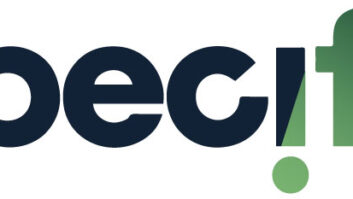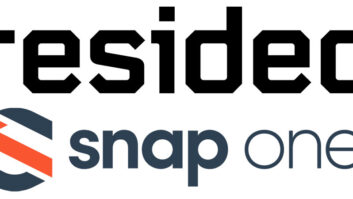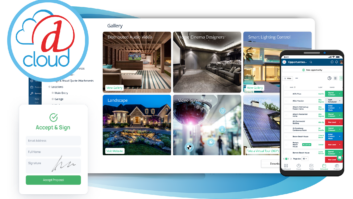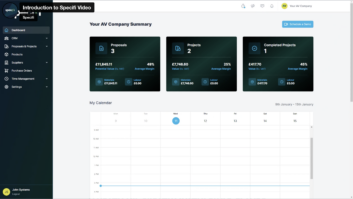Building Your Business Allies Through Better Training Programs

Dave Chace ([email protected]) is president of Training Allies in Philadelphia.
Hosting an educational event for local professionals in related trades such as architects and interior designers is a great way to both increase your network and make a powerful impression on influential businesspeople. Here are 10 essential components of a successful educational event:
1. Don’t overlap the trades. Hold separate events for architects, designers, landscape professionals, etc. and tailor each presentation to that specific audience. This way, the participants will be more engaged during the presentation, and will garner more value from the event.
2.Make your answer to, ‘What’s in it for me?’ abundantly clear. These pros will want a good reason to attend, so give them several. Llet them know how the education you provide can help them increase their business, or consider providing industry-specific CEU potential in accordance with their trade organizations (AIA, ASID, etc).
3. Cater the event. The event should reek of class. Remember that these may be influential businesspeople, and they will be judging you. Don’t disappoint them.
4. Script the presentation. Create a written, chronological list of all the elements of the presentation, including an introduction or ice-breaker, key concepts that you want to illustrate, any product or technology demonstrations, interactive exercises and Q&A sessions, and a wrap up. Furthermore, keep the event relatively short. Ninety minutes is ideal.
5. Make the content about them. The event should be about providing an education to your audience, not simply promoting your products and services. The right approach is to incorporate your technology wisely as part of the education. For instance, you can use a flagship AV system to illustrate how architects should consider thermal management and cabling pathways when designing likely equipment locations.
6. Practice, practice, practice. As an expert in your field, your inclination may to be “wing it” and improvise the discussion. Bad idea. This often leads to time-wasting digressions and/or a disorganized atmosphere, which leaves an unflattering impression. Instead, practice the presentation repeatedly until you are comfortable with how you will communicate your key points, and until you have a good feel for the time needed to comfortably move through each part of the presentation (including demonstrations), being sure to build in time for interactive discussion.

Matt Carter is one of CEDIA’s go-to guys when it comes to leading its Registered Outreach Instructor (train the trainer) classes. Find out more about the program at www.residentialsystems.com/may10.
7. Be ready when they arrive. Have everything ready beforehand, and be at the door to personally greet each attendee as they arrive. This helps put them at ease, builds immediate rapport, and makes them more likely to participate and interact during the presentation.
8. Avoid industry jargon. Remember that your audience is probably unfamiliar with your technology, so speak to them at their level. The easier you make it for them to understand, the more willing they will be to work with you in the future.
9. Foster participation and interactivity. People are more engaged and retain more knowledge when they are an active participant in the learning process. Don’t just stand and lecture; instead make a point to ask questions of the group frequently, and seek ways to create interactivity so the participants can share ideas or collaborate on an objective.
10. Follow up relentlessly. Before the event is over, be sure to get contact information from everyone, and let them know you will be in touch soon. Don’t expect that they will be tripping over themselves to send you business right away. You will need to keep shaking the tree before the fruit starts to drop.







